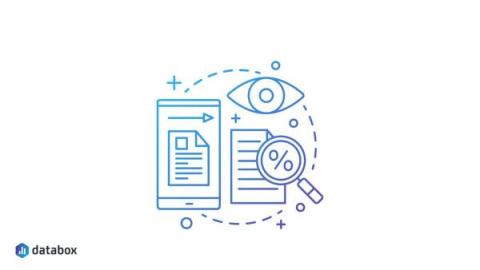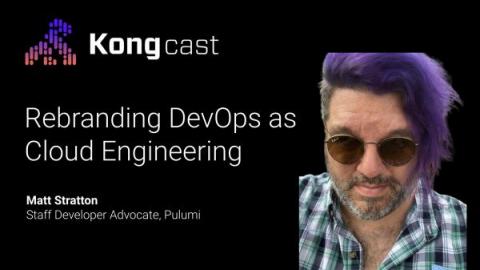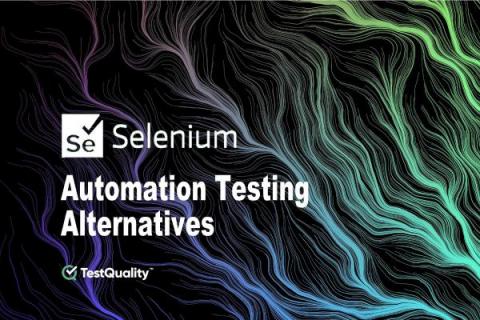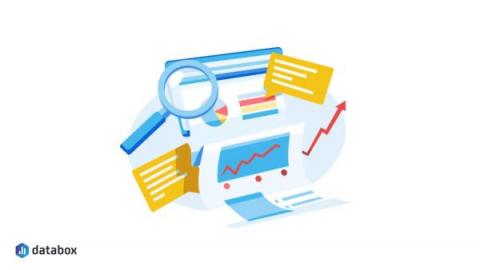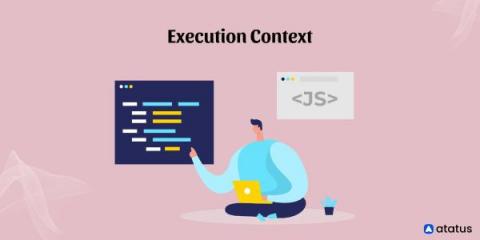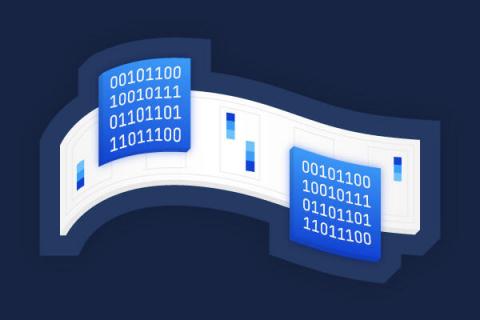An Introduction to the ViewComponent Gem
Modern web UIs are complex. Traditional layout/template/partial techniques are not always the best fit. ViewComponent seeks to provide a better way. It's a framework for creating reusable, testable & encapsulated view components that integrate seamlessly with Rails. In this article, Abiodun Olowode shows us how to use ViewComponent to make our Rails views more manageable.



